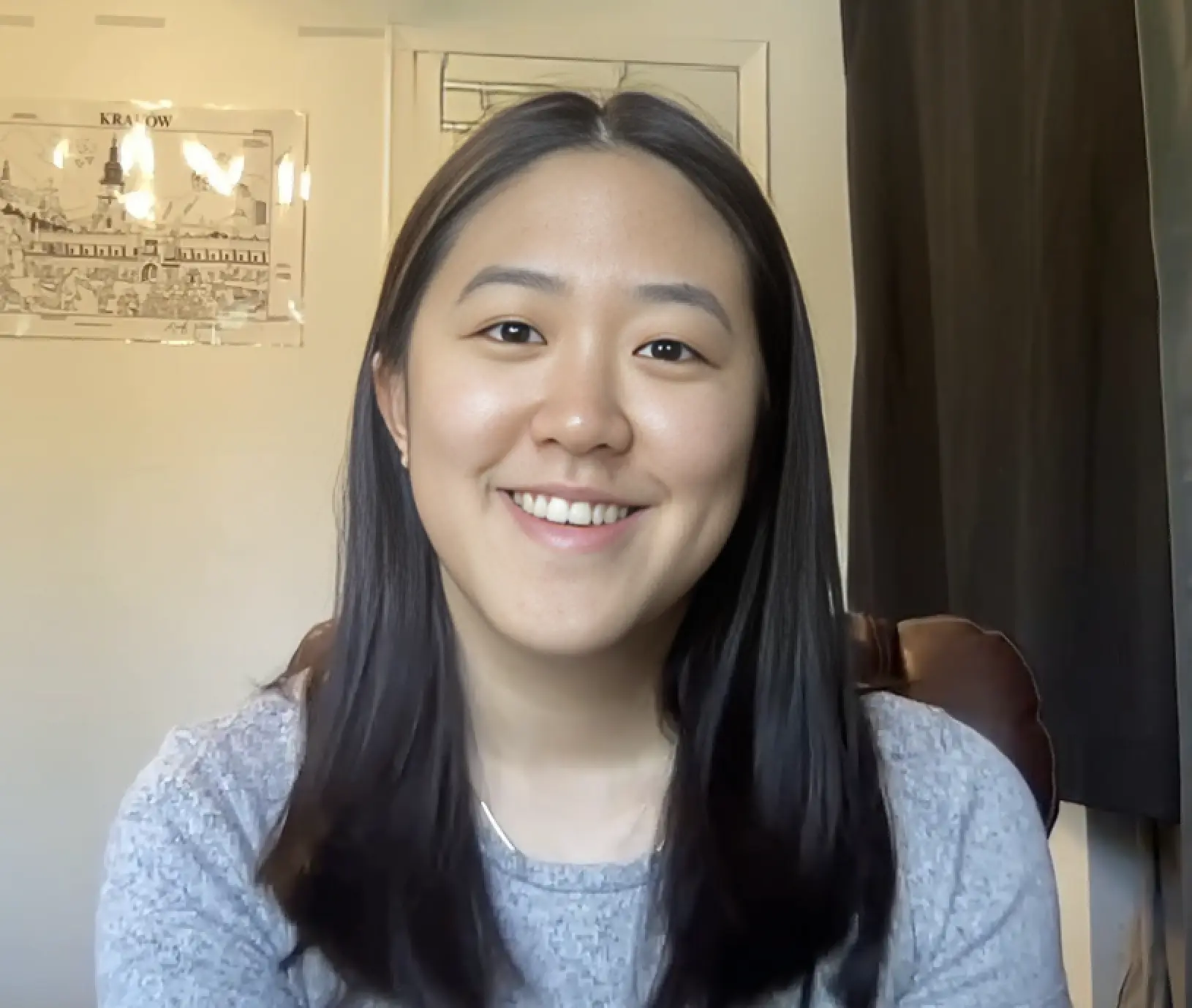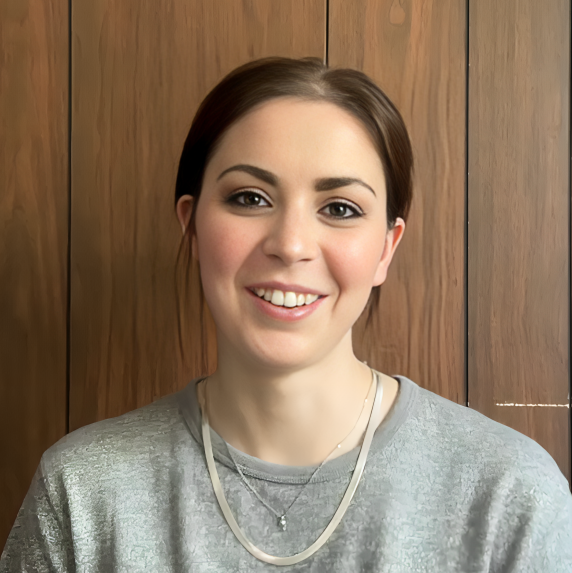Looking to master French alphabet pronunciation? This guide breaks down each letter’s sound, offering clear tips and examples. By the end, you’ll enhance your French pronunciation skills.
Key Takeaways
- The French alphabet contains 26 letters, but the pronunciation can differ significantly from English, making it crucial for learners to grasp these nuances for fluency.
- Understanding the unique sounds of French vowels and consonants is essential for accurate pronunciation, particularly tricky letters like ‘E’, ‘G’, ‘J’, and ‘U’.
- Accent marks in French, such as acute and grave accents, can change pronunciation and meaning, so mastering their use helps improve comprehension and fluency.
Introduction to the French Alphabet
The French alphabet, much like its English counterpart, consists of how many letters: twenty six letters. However, while the letters may look the same, their pronunciations can be quite different. For instance, the letters ‘K’ and ‘Q’ are pronounced differently in French than in English, adding a unique flair to the language. Grasping these differences is essential for achieving fluency in French.
Knowing how each letter sounds influences word pronunciation and comprehension in conversations. For example, the letter ‘E’ in French does not have an English equivalent, making it a particularly challenging letter for English speakers. But worry not, mastering these nuances will significantly enhance your French pronunciation skills and boost your confidence in speaking French.
Learning the French alphabet isn’t just about memorizing letters; it’s about understanding how these letters combine to form sounds, words, expressions, and sentences. This foundational knowledge is key to navigating the beautiful and intricate world of the French language. So, let’s explore each letter of the alphabet and discover how they come together to create the melodious sounds of French.
Pronouncing Each Letter in the French Alphabet
Pronouncing the French alphabet correctly is essential for writing and spelling new words accurately. The French language, being a phonetic language, means words are pronounced as they are spelled, making it imperative to understand each letter’s pronunciation.
Let’s break down this process into vowels, consonants, and syllable for a clearer understanding.
Vowels: A, E, I, O, U, Y
The French alphabet includes six vowels: A, E, I, O, U, and Y, each with its unique sound: how many vowels are present can be understood through their pronunciations:
- The letter ‘A’ is pronounced as ‘ah’
- The letter ‘E’ often sounds like ‘euh’, similar to the English ‘uh’
- The letter ‘I’ is pronounced ‘ee’
- The letter ‘O’ is pronounced ‘oh’
- The letter ‘U’ presents a unique challenge, blending the sounds of ‘eeee’ and ‘oooo’
- The letter ‘Y’, known as ‘i grec’, sounds like ‘ee’. The French vowels sound can be quite distinct from their English counterparts, and understanding the french alphabet sounds can enhance pronunciation skills.
These vowel sounds form the core of French pronunciation and are essential to learn. For instance, the acute accent (é) on ‘E’ changes its sound to ‘ay’, similar to ‘play’. This distinction is vital for accurate pronunciation and comprehension in French.
French vowels also play a significant role in forming nasal sounds, which are fundamental in French pronunciation. Nasal vowels occur when a vowel is followed by ‘m’ or ‘n’ at the end of a word, creating a nasal quality. Mastering these sounds will enhance your ability to speak French fluently and naturally.
Consonants: B to Z
The French alphabet comprises 20 consonants, each with its pronunciation nuances. For example:
- The letter ‘G’ is pronounced ‘zheh’ before ‘e’ or ‘i’ and ‘gay’ otherwise.
- The letter ‘J’ is pronounced ‘zhee’, creating a distinct sound compared to English.
- The letter ‘R’, pronounced ‘air’, adds a guttural quality unique to French.
Learning these consonants is key to accurate pronunciation. The letter ‘C’ is pronounced ‘say’, while ‘Q’ is pronounced ‘koo’. These subtle differences can significantly impact how words are spoken and understood.
Mastering these consonant sounds, combined with vowels, creates a strong foundation for French pronunciation. As you practice, you’ll notice how these letters combine to form words and expressions, enhancing your overall language skills.
Special Focus on Tricky Letters
Certain letters in the French alphabet pose significant challenges for English speakers. These tricky French letters can often be the stumbling blocks in achieving perfect letter pronunciation, alphabet pronunciation, French pronunciation, and English pronunciation.
We will now explore these same letters to uncover the secrets of mastering their sounds and listen to lessons using an audio player.
The Letter "E"
The letter ‘E’ in French can be quite perplexing. Often pronounced as ‘euh’, it resembles a sound of distaste in English. For example, in the word ‘le’, the ‘E’ is pronounced ‘uh’. The grave accent (è) alters its sound to ‘eh’, as heard in ‘mère’ (mother).
To pronounce ‘E’ correctly, one must grasp these subtle changes. With practice, you’ll be able to distinguish between ‘é’, ‘è’, and ‘e’, enhancing your French pronunciation significantly.
The Letters "G" and "J"
The letters ‘G’ and ‘J’ often confuse English speakers due to their similar sounds. Here are the pronunciation rules and a mnemonic to remember them:
- ‘G’ is pronounced ‘zheh’ before ‘e’ or ‘i’.
- ‘G’ is pronounced ‘gay’ otherwise.
- ‘J’ is pronounced ‘zhee’.
- A mnemonic to remember the pronunciation of ‘G’ is the name ‘Gérard Depardieu’.
Grasping these distinctions is essential. For instance, ‘gilet’ (vest) is pronounced ‘zhee-lay’, while ‘gare’ (station) is pronounced separately ‘gahr’. Mastering these sounds will significantly improve your fluency.
The Letter "U"
The letter ‘U’ in French is notorious for being difficult to pronounce. It combines the sounds of ‘eeee’ and ‘oooo’, a sound not present in English. Practicing this sound helps master its unique pronunciation, key for words like ‘une lune’ (moon).
Imitating native speakers can be particularly beneficial. Over time, you’ll develop an ear for this distinct sound, enhancing your overall French pronunciation.
Understanding French Accent Marks
French accent marks play a crucial role in pronunciation and meaning. These diacritical marks can change the sound of a vowel and sometimes even the meaning of a french word.
Let’s explore these several accent marks and their impact on French pronunciation, including the french accent mark.
Acute Accent (é)
The acute accent (é) transforms the letter ‘e’ into a sound similar to ‘ay’ as in ‘play’. This accent is vital for correct pronunciation in words like ‘café’ and ‘résumé’, and understanding accents can enhance language skills em.
This accent is vital for enhancing your French pronunciation and comprehension.
Grave Accent (è)
The grave accent (è) alters the pronunciation of ‘e’ to ‘eh’, as in ‘set’. Common in words like ‘mère’ (mother) and ‘très’ (very), this accent is crucial for accurate pronunciation. Grasping this difference is fundamental for mastering French.
Circumflex (ê) and Others
The circumflex accent (ê) can appear on any vowel, often indicating a historical letter that has been dropped. For example, ‘forêt’ (forest) and ‘hôtel’ (hotel). Additionally, the digraph Œ is pronounced like ‘oeh’, contributing to the rich tapestry of French pronunciation.
Silent Letters in French
Silent letters are a common feature in French. Often, the last letter of a word is not pronounced, such as in ‘chat’ (cat) or ‘ballet’ (ballet). Knowing when letters are silent significantly enhances your pronunciation.
Practicing with audio examples can help you recognize these silent letters and incorporate them into your speech. Over time, you’ll become more confident in your pronunciation and comprehension of French.
Nasal Vowels in French
Nasal vowels are a distinctive feature of French pronunciation. These sounds occur when air flows through both the nose and the mouth, as in ‘bon’ (good) or ‘pain’ (bread). Nasal vowels are critical for achieving a native speaker’s accent.
Practicing phrases like ‘un bon vin blanc’ helps to get familiar with nasal sounds. With time and practice, these sounds will become second nature, enhancing your fluency.
Practical Tips for Improving French Pronunciation
Improving your French pronunciation requires consistent practice and the right resources. Effective techniques include:
- Using language learning apps
- Recording your voice
- Mimicking native speakers
- Practicing minimal pairs to refine your pronunciation skills.
Ways to improve your language skills include:
- Listening to French podcasts is a great starting point for learning French
- Watching subtitled movies to help discern subtle sounds and improve overall listening skills
- Working with a native speaker to receive valuable feedback and enhance speaking skills.
Summary
Mastering French pronunciation starts with understanding the alphabet and its unique sounds. From vowels and consonants to tricky letters and accent marks, each aspect plays a crucial role. Practice diligently, use the right resources, and immerse yourself in the language to achieve fluency. Remember, every step brings you closer to speaking French with confidence.








































































